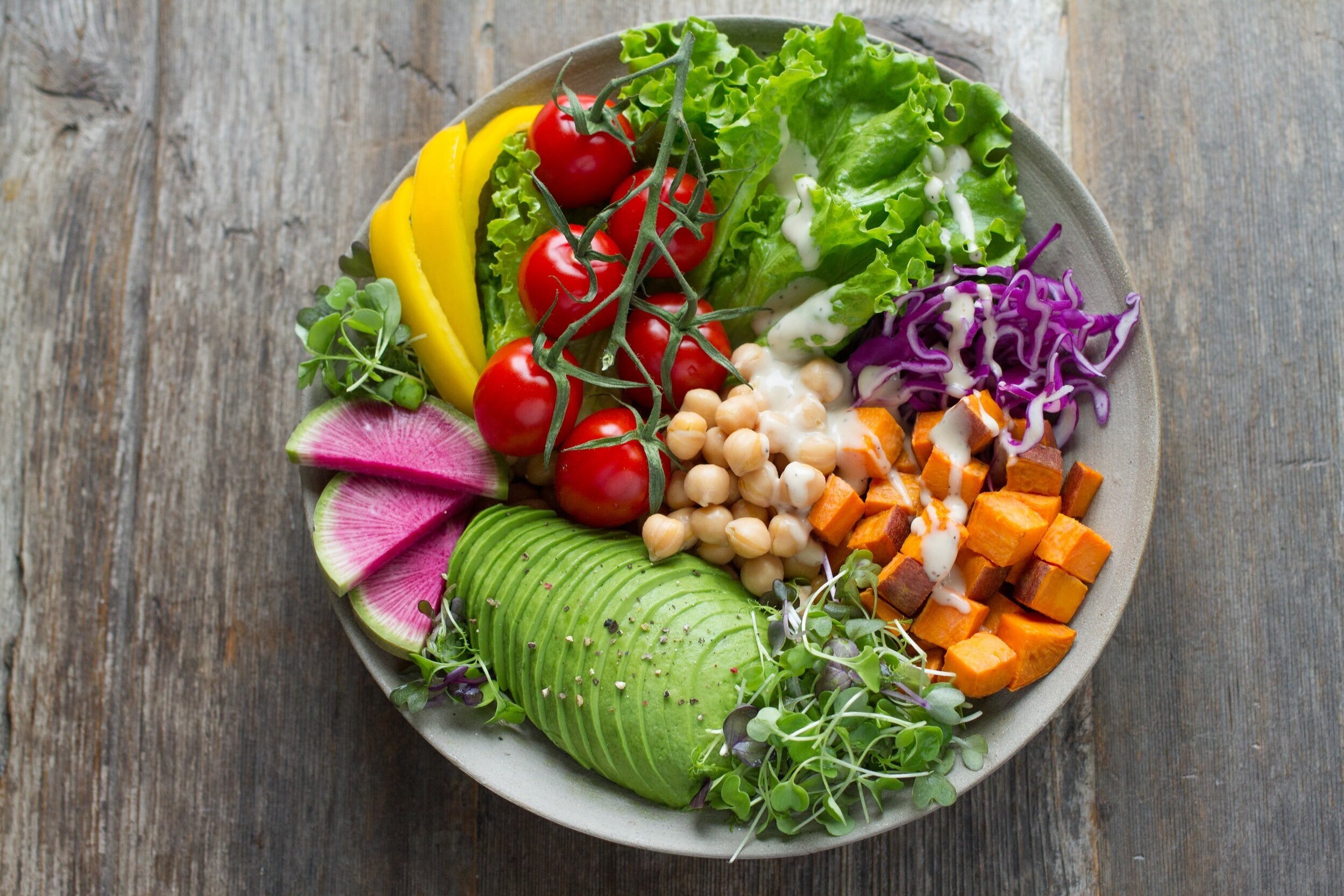Pain and Nutrition
Anti-inflammatory foods help pain management
Pain can impact more than your physical body. It can affect your productivity, relationships, and sleep as well as your mental and emotional state. This can boil up, eventually leading to a difficulty in daily tasks, avoidance techniques and overall dissatisfaction in everyday life.
There is good news though!
There are small things you can change in your daily routine that can make a positive change. Research is showing that simply reducing your intake of inflammatory foods and drinks can reduce chronic pain as well as improve mood. How amazing is that?
Now you know this, where do you go from here?
Anti-inflammatory Diet Guide
Below are some easy and simple tips to switch out inflammatory foods and replace them with foods that contain good quality anti-inflammatory properties.
-
Eat food that grow in nature. This means eating a wide variety of whole grains, fruits, vegetables, beans, nuts and seeds.
-
Avoid “sugar based foods” that make your blood sugar spike. These are foods such as white bread, white rice, cereals, biscuits and cakes (even café banana bread) as well as sugary foods (lollies, chocolate, soft drink, cordial).
-
Reduce sugar consumption. If an individual eats more sugar then there body requires for energy the body holds onto it. However, the excess sugar is stored in the form of body fat. The daily sugar requirements for males is 39 grams and for females it is 25 grams. When you go to the shops next read the sugar content of the labels and see how much sugar you consume per day. Is it under 25 or 39 grams?
-
Eat plenty of wholefoods.
Try replace your current meals and snacks with the foods listed below.
Fruits and vegetables – it is as easy as it sounds. Grab an apple or celery and carrot sticks with hummus for a snack. Fill 75% of your lunch and dinner plate with vegetables. Only 1 in 25 children meet the daily required intake of vegetables!
Increase omega 3’s intake and reduce omega 6 – Omega 3’s have been clinical proven reduce inflammation in the body whilst too much omega 6 intake increase your bodies inflammation. Foods high in omega 3’s include fatty fish (salmon, ocean trout, sardines, anchovies), chia seeds, walnuts, flaxseeds, hemp seeds, olive oil and marine algae. Food high in omega 6 include red meat, processed meats (ham, salami, bacon) and fried foods.
Herbs and spices – get creative and use your spice draw. Turmeric, rosemary, garlic, ginger, thyme all pack such a delicious flavour and each have their own unique therapeutic effect that benefit the body.
Daily Meal Plan for Pain Management
Below is a full day meal plan consisting of high anti-inflammatory properties
Breakfast
-
Berry smoothie: ½ cup of mixed berries (preferably organic), tablespoon of chia seeds and ground flaxseed, coconut yogurt, coconut milk or water
Snack
-
Rice cakes with avocado and tomato seasoned with basil and thyme
Lunch
-
Left over dinner
-
Mixed vegetable salad: handful of mixed greens, avocado, roasted sweet potato, olive oil, pumpkin seeds topped with chickpeas, tuna or boiled eggs
Dinner
-
One pan salmon bake: Wild-caught salmon fillets with chopped sweet potato, pumpkin, zucchini, capsicum and onion. Chuck in a big bowl before and drizzle with olive oil, salt, pepper, mixed herbs and turmeric
Desserts
-
Try 85% dark chocolate to give you a sweet taste
-
Herbal sleep blend
You are what you eat and food is truly medicine. Go through your weekly meals and drinks from waking through till sleep. Once you have done that, try simply just swapping one old meal or sugary drink out for a new one with the information you have been provided. Once that meal becomes a standard part of your routine add in another. Rome wasn’t built in a day and healing pain and inflammation from the root also takes time. Be kind to yourself and take on step at a time.
Copyright Next Wave Therapy







